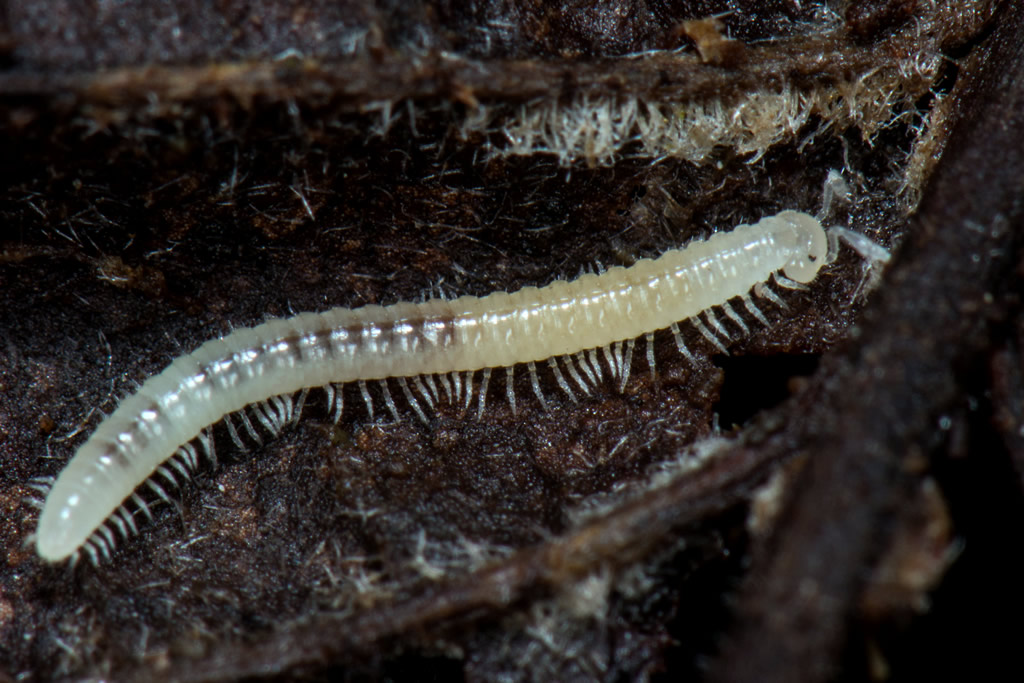Brachychaeteuma melanops H.K. Brade-Birks & S.G. Brade-Birks, 1918
Status:
- GB IUCN status: Least Concern
- GB rarity status: Nationally Scarce
ID Difficulty
Identification
This species is very similar in appearance to both Brachychaeteuma bagnalli and Brachychaeteuma bradeae, but in B. melanops the eyes comprise about six well-pigmented ommatidia. It is best identified by dissection of male gonopods.
Distribution
This species does not appear to be common but it has been collected from localities spread across the south of England and south Wales. It has also been found in the south of Ireland. Its distribution has a more distinct southern bias than the other two members of the genus although its range overlaps with that of B. bradeae, especially in East Anglia. This pattern accords with a strict Atlantic distribution in Europe as noted by Kime (2004).
Habitat
Analysis of the habitat data suggests that this is a garden species as it shows a strong association with cultivated sites in urban and suburban locations. Kime (2001) reported it as common in woodland on calcareous soils in northern Aquitaine, France. In Britain and Ireland also, it is recorded most frequently from calcareous soils (76% of records with soil acidity data) but a strong association is not evident from the analysis of environmental data due to the small number of such records. Elsewhere in Europe the species appears to be restricted to the milder parts of western France (Kime, 1995).
Phenology
As with other species in the genus, this animal has an annual life cycle. Adults have been collected in each month from October through to May but most frequently in March and April.
This species account is based on Lee (2006).
Links
MilliBase - Global catalogue of Millipedes: https://millibase.org/aphia.php?p=taxdetails&id=943517








